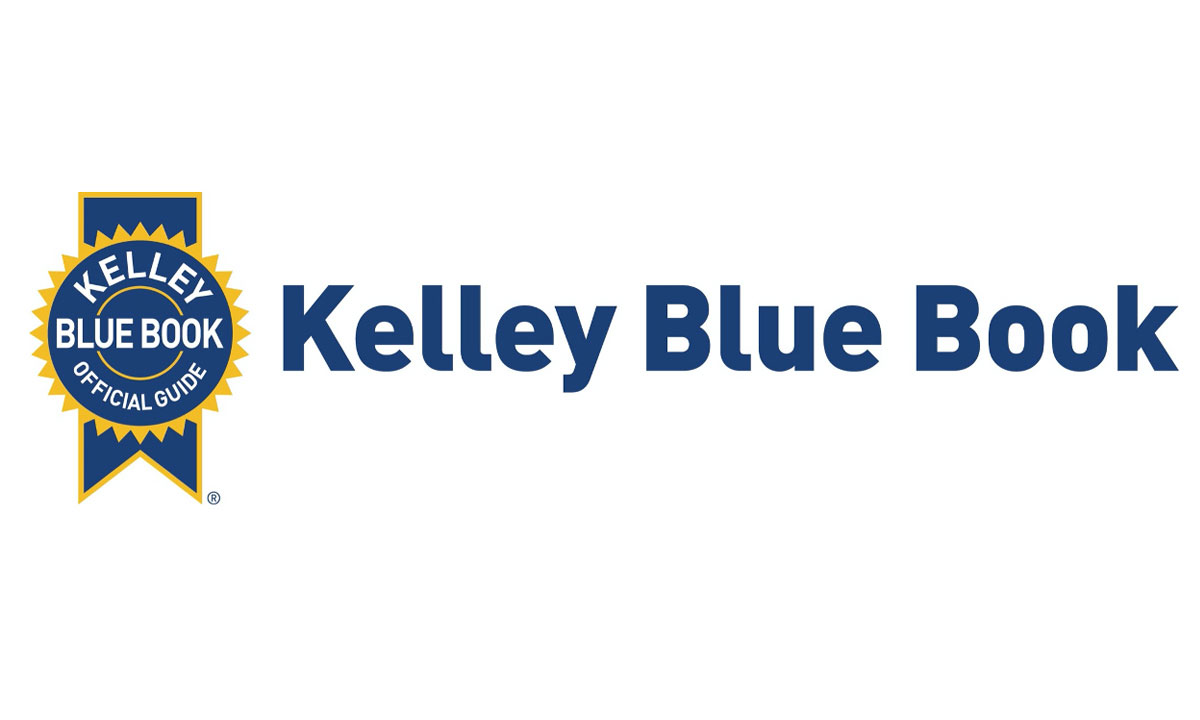New-vehicle sales in Canada were up by 3.2 percent in August, compared to the same month last year. But the SAAR (Seasonally Adjusted Annual Rate) fell for the second month in a row, down to 1.57 million units, after hitting a high of 1.67 million for the year in June. August’s 140,361 sales continue the trend of “up one month, down the next,” relative to 2010, that has characterized much of the year. Year-to-date sales are up just 1.7 percent, with SAAR continuing to track just under 1.6 million.
Compared to their five-year average, August’s sales are down 3.9 percent, and year-to-date they are 1.3 percent below that average.
“Canada is still quite far from being a very healthy light-vehicle market,” according to Dennis DesRosiers, of DesRosies Automotive Consultants. “This is a very difficult market to predict,” he says. “The fundamentals all point to some modest sales growth but the volatility makes all forecasts difficult.”
But, says Scotiabank senior economist Carlos Gomes, “Despite this summer’s global economic roller coaster, Canadian vehicle sales have remained stable and should strengthen further in coming months as inventories increase at Japanese dealerships.”
Japanese decline continues
That things are not yet back to normal for the Japanese marques is apparent in August’s figures. Honda’s annus horriblus continues, with sales down by 29.7 percent from year-ago. They’re down 14.9 percent year-to-date and Hyundai is now ahead by about 25,000 units in what started as a race for fifth place – and just 5,000 behind Toyota for fourth.
Suzuki (-55.8%), Subaru (-20.0%), Infiniti (-16.3%), Mazda (-12.8%), Lexus (-3.8%) and Acura (0.1%), all suffered declines for the month. But all was not negative. Mitsubishi (+30%), Nissan (+10.9%) and Toyota (+10.3%) posted year-over-year gains – Toyota’s for only the second month since April 2010.
August 2010 was particularly poor for Toyota, however so this year’s August gains are not as significant as they may seem. Compared to their five-year average, Toyota’s August sales were still down by 24.8 percent, compared to a 26.2-percent decline year-to-date.
The bottom line is, Japanese-brand sales as a whole continue to lag the industry, down 7.4 percent for the month and 23.3 percent year-to-date.
Europeans and D3 make gains
Conversely, both the European brands (+9.9%) and the Detroit Three (+9.5%) had a strong month.
Porsche (+30.6%) and Volkswagen (+27.7%) led the way for the Europeans with Land Rover (+6.7%), Audi (+6.5%), BMW (+4.3%) and Mini (+3.1%) also gaining ground. On the negative side of the ledger were Smart (-24.9%), Jaguar (-14.1%), Mercedes-Benz (-3.7%) and Volvo (-1.7%).
While Mercedes-Benz still leads the luxury-brand sales race year-to-date, BMW is closing in on that lead, which is now down to just over 700 units. And Audi has surpassed Lexus for a solid lock on third place in that elite group.
All three Detroit automakers made gains on the month, collectively claiming 49.7 percent of the market – a 2.9-percent improvement over last August.
Chrysler’s sales were up 16.6 percent, Ford’s 7.9 percent and General Motors’ 6.4 percent. Compared to their five-year averages, Ford was ahead by 16.5 percent and Chrysler by 8.1 percent, with GM off by 18.5 percent.
Which is why Ford continued to claim first place for both the month (by just 875 units) and year-to-date (by more than 23,000).
The Koreans also continued to make gains, although not as dramatically as in some prior months. Kia’s sales were up by 6.9 percent and Hyundai’s by 0.9 percent. Collectively they claimed 12.3 percent of the market.
Truck sales were up 5.8 percent in August, while passenger car sales fell by 0.1 percent. Year-to-date shares remained relatively constant with trucks at 55.3 percent and passenger cars 44.y percent.

















